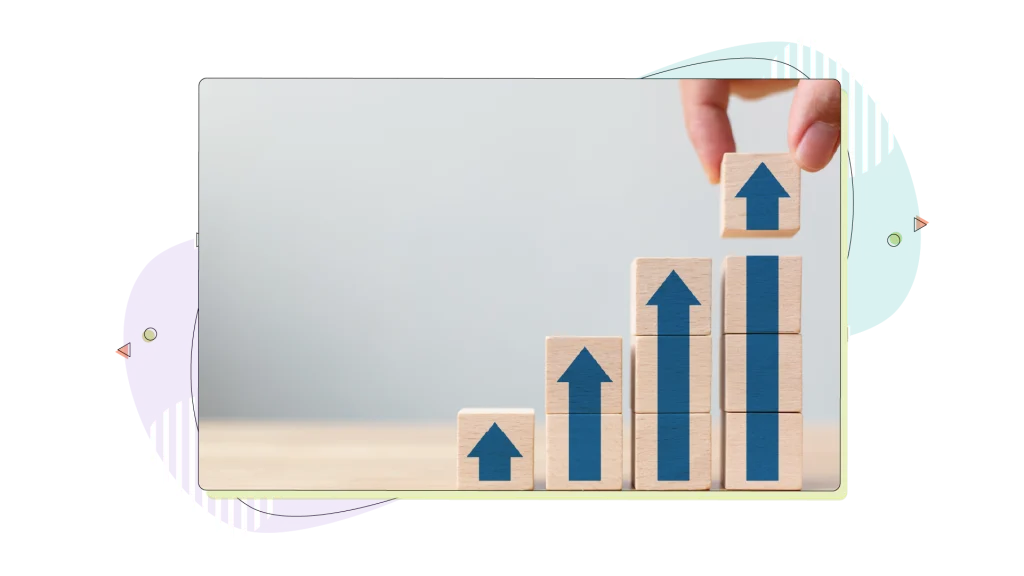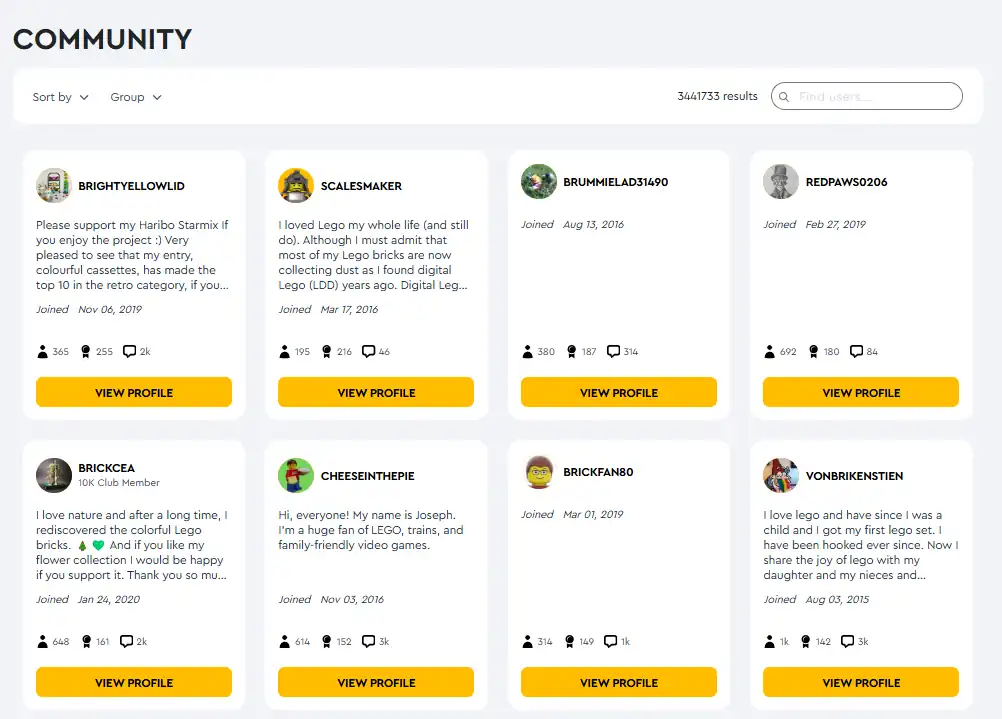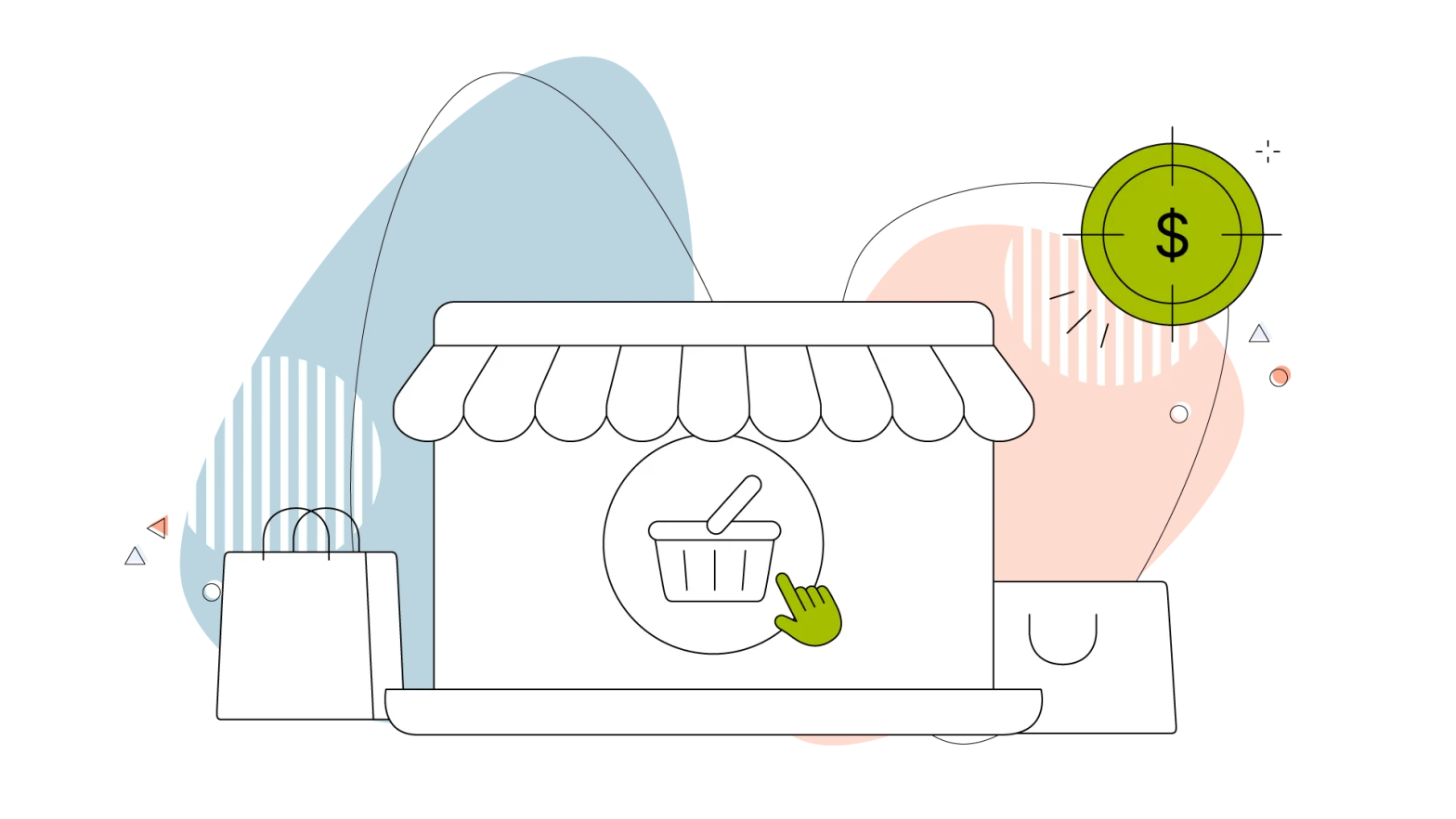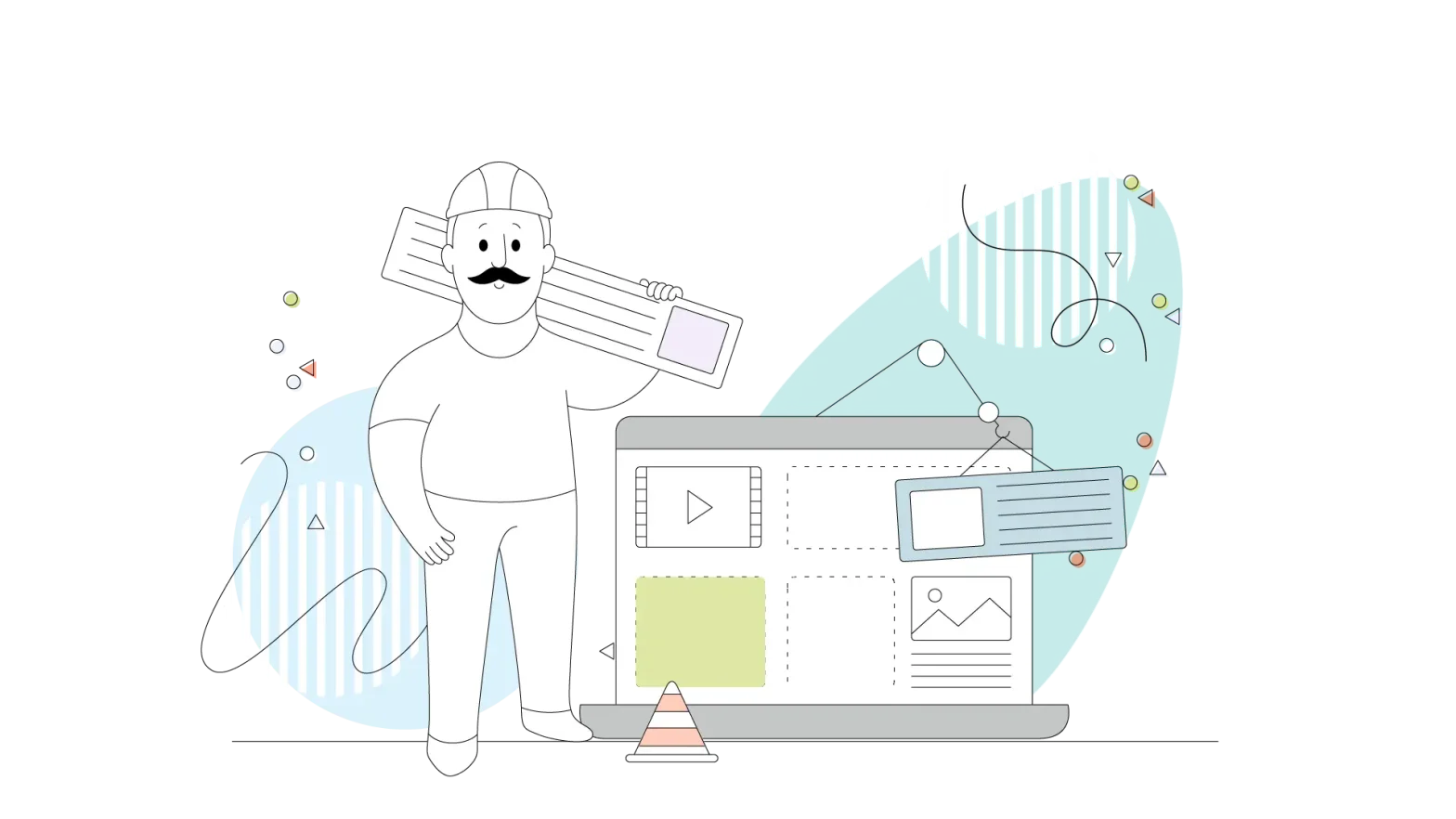Reports show 33,185,550 small businesses in the US, accounting for 99.9% of American businesses. If your company is one of them, you must know the challenges of long-term sustenance. From building loyalty to maintaining cash flow, hurdles are endless.
How do you ensure success? By knowing which stage you are at. Each phase has unique challenges, so you must take it one step at a time and be strategically agile to move to the next stage.
Today, we will lay down the 5 fundamental stages of scaling a small business and offer actionable insights to ease the journey.

5 Key Stages of Small Business Growth
Here is what the trajectory of small business growth looks like:
Stage 1: Existence — The startup phase
The business structure is quite simple at the existence stage. You start by yourself or with a small team of 2 to 3 people. The business is usually bootstrapped, with the owner managing the crucial operations.
Here are some tasks you must complete at this stage:
- Registering your business name and getting the necessary permits
- Opening a business account
- Insuring your business
- Market research to understand customer preferences and problems
- Finding product-market fit to ensure your offers meet customer needs
- Analyzing competitors to identify the common pitfalls of the industry
- Identifying trends and growth potential
- Securing funding
Here are some challenges you should expect to encounter in the startup phase:
Handling operations with little to no manpower
Your budget is limited, so you can’t afford to hire a team of experts to take some tasks off your hands. So managing all business aspects on your own can be challenging.
Solution: Your best and cheapest bet here is investing in automation tools. Build a tech stack with basic software like marketing automation, project tracking, SEO research, and expense tracking tools. You can also outsource some tasks like bookkeeping and content curation. Instead of going with agencies, collaborate with individual freelancers for cost-effectiveness.
Attracting initial customers
You are a new business with little to no visibility at this point. So, you may struggle to attract the first flow of customers.
Solution: Identify and segment potential customers according to their demographics and unique needs. Then personalize each campaign to address individual challenges. You should also customize your value proposition according to each segment.
Create optimized social handles to reach buyers. You can run giveaways and contests to build a buzz. Consider using a QR code generator to create scannable codes for your promotional materials, making it easier for potential customers to access your digital content and special offers.
Offer discounts to entice them. Personalized offers like early bird discounts and gifts will attract buyers to skip your competitors and give you a chance. Plus, targeted promotions show customers you have what it takes to solve their problems.

For example, Casey Ho started her athleisure business, Blogilates, when one of her self-designed bags got featured in a popular magazine. She posts her design process, actively implements customer feedback, and regularly hosts giveaways and discounts. From there, she has amassed 31 million followers and is one of the most popular clothing and accessories startups.
Pro tip: You can start small by selling on Etsy to gauge the response to your products. It will give you insights on items your website should have.
Getting necessary funding
Marketing is necessary to get your name out there, which requires money. Your investment can do only so much. Without acquiring investments, you may face cash flow problems.
Solution: You can start by asking for investments from friends and family. Offer them equity stakes to make the deal appealing. Some banks offer loans at low interest to small businesses. You can also look for angel investors with a track record of supporting early-stage startups.

Stage 2: Survival — Finding steady ground
Your products have found market fit and you have secured initial funding. Now that your small business’s foundation is somewhat ready, it’s time to figure out how you will survive in the market.
Here’s a checklist for the survival stage:
- Build a team with an accountant, a marketing specialist, a web designer, an IT expert, and a sales expert
- Consult a legal advisor to ensure compliance
- Review ROI and track expenses regularly
- Run consistent market research and competitor analysis to stay agile
- Focus on customer retention with loyalty and referral programs
The common challenge of this stage?
Building a sustainable business model
Just because you made some sales with your initial business model doesn’t mean it will work long-term. Since your business model is still relatively simpler, it’s the right time to fine-tune these details to avoid problems later.
Solution: Prioritize customer-centricity by tapping into feedback. Map out purchase frequency and customer journey. You started with a subscription-based model (like a CRM) but noticed the renewal rate is dropping. Or maybe some products just don’t fit the current market anymore. Adjust your approach accordingly.
Research your competitor’s journey to learn from their successes and failures. Ensure you don’t make the same mistake and understand what they did to survive the market.
Ensuring cohesive teamwork
You are used to calling every shot and managing every business operation. So, delegating work to your newly hired team may be difficult. Plus, you have to ensure seamless teamwork to survive the increasing complications of the survival stage.
Solution: Hire people with the right skills who believe in your company’s vision. Establishing an optimum workflow in the team will take trial and error, but be patient. Remember that they are learning with you too.
Keep a portion of your budget for L&D to offer your employees skill-based training. You can host webinars for your team where an expert mentor can teach them how to navigate workplace conflict and work in a team.
Breaking even
Some losses are expected at the initial stage. But sustaining your business, in the long run, will be tough if you don’t focus on achieving a breakeven point at this stage.
Solution: Explore vendors that may help you reduce COGS to maximize profitability. Double down through targeted content marketing for organic reach.
Create marketing assets like evergreen blogs, case studies, and customer testimonials. These drive inbound leads and improve sales without draining your resources on ads.
You can run monthly contests and start a referral and loyalty program for word-of-mouth and customer retention. It reduces customer acquisition costs.

For example, Lush Cosmetics runs a referral program called Friends of Lush, where the brand’s loyal customers can win exclusive perks for spreading the word. Lush doesn’t have to drain resources to boost new purchases, improving customer experience, satisfaction, retention, and profitability.

Stage 3: Success — The scaling phase
Nailing the survival stage ensures steady revenue and a strong base of loyal customers. You have established seamless teamwork and an effective system for each operation. You don’t have to run around managing every facet of the business.
Now, let’s work on business stability and consistent profitability so that you can withstand unexpected challenges. You are ensuring constant business success even when the industry faces tough times.
Some crucial tasks in the success stage include:
- Assessing the skill gaps in your team and hiring the right talent to fill them. Ask your existing team where they can use additional help.
- Expanding your customer support and success team to handle increased requests and queries.
- Upgrading the plans in your existing software to manage increasing tasks.
- Investing in a CRM to track and manage customer relationships.
- Implementing an HRMS to simplify recruitment and onboarding.
- Innovating new products to cater to evolving customer preferences and needs.
You are now in a stage where rewards are high, but stakes are higher. So, you may face challenges like:
Maintaining momentum
Maintaining your current scale is not difficult at this stage. But building up on this success is hard. You may feel clueless about how to grow your business further now that the benchmark is much steeper.
Solution: You can bank on the same range of products now. Your offerings have to grow with the customers. So, innovation is a must at this stage. Develop new products according to changing customer demands and preferences.
Explore new customer segments and introduce a few SKUs that appeal to a global audience. You can create a community and let customers post their ideas. It will help with customer-centric product designing, keeping you ahead of your competitors.

For example, Lego takes the most popular ideas for product design from their user community. They also introduce new Lego sets according to trends. The brand’s dedication to product innovation is a key to its consistent success through all these years.
Maintaining cash flow
Constant innovation and growing operations can drain out your funds very quickly. You must find a way to ensure you have enough money coming in for long-term scaling and success.
Solution: First, don’t go overboard with spending without auditing your capital and revenue. Apply robust financial systems that can give you real-time data on your revenue, profits, and expenses. Craft strict budgets for each department accordingly. Using surety bond provides a financial guarantee, protects your business against fraud, and misrepresentation, and reduces business risk.
Keep some funds aside for rainy days. You should also tap into predictive analysis to gauge demand and prepare accordingly to avoid overstocking.
Leadership
With a growing company, the responsibilities of a leader grow too. It’s very easy to get overwhelmed at this stage and lose your vision for the business.
Solution: Identify people with strong leadership skills within the organization. Sign them up for leadership courses to hone their skills. Then, build a team of managers who can delegate, oversee projects, and ensure success in their departments.
To support team development, consider hiring a fractional COO who can bring experienced operational leadership without the full-time executive cost. They can guide your growing operations and mentor your emerging leaders.
Consistent effort will add to organizational success. You can also bring in some advisory investors who can guide you through the industry’s complexities.

Stage 4: Take-off — Ensuring cash flow to support rapid growth
You have found a stronghold in the market by this stage. Most of your operations can run without direct intervention from you. Revenue and profit are also coming in steadily.
Now, the take-off stage is all about scaling your company further. For that, you need to secure funding. Here are your options:
- You can go to a venture capitalist and get funding in exchange for equity in your company. However, this comes with high expectations from the investors.
- You can avoid dilution by getting loans from finance companies and banks. But you must have enough revenue to maintain debt obligations.
- You can crowdfund your business through small investments from multiple people. These are often lengthy campaigns and the funding amount is quite uncertain.
You should expect to face problems like:
Maintaining quality while scaling
While scaling and meeting increased demand with volume, ensuring product quality and positive customer relationships becomes tricky.
Solution: Upgrade your facilities and IT systems to handle growing demand without disrupting overall workflow. You should also bring in a quality supervising team. See if your resources are performing to the best of their potential. If not, identify and eliminate process bottlenecks. Keep a separate team to analyze customer sentiment through sentiment analysis and determine where you are going wrong.
Investment deals not working out
Had term sheets from an investor but the deal still fell through? Gave away substantial equity for advice from an investor and didn’t get the required expertise?
Solution: You must run due diligence before committing to any investment deals. Make sure your investor’s company complements your existing products and operations. Assess their experience in your industry and the company’s reputation. Have they faced any legal problems with investments? You must also look into the investor company’s financials to ensure they can back up your scaling.
Adaptability in increased competition
The more time you take to make decisions, the better chances your competitors have in beating you. Your improvements have to be quick but not rushed. Monitor trends and be ready to pivot if required.
Solution: Keep innovating your offerings and ensure a phenomenal customer journey. Ensure that even if your competitor has better funding, no one can beat you at customer service. Offer multiple points of contact so that the customer can reach out easily. Put yourself in their shoes and solve queries empathetically. That goes a long way in making a business successful.
For example, Amazon is popular for its quick customer service.

Customers can access easy self-service links on the brand’s Support page.

Amazon also integrated AI assistant Rufus to make shopping more convenient. They also monitor social media to resolve complaints and queries.
Plus, the brand processes return and exchange requests quickly, asks and implements feedback, and always consistently provides the best possible customer service.

Stage 5: Resource maturity — Securing business longevity
The last 4 stages drove rapid growth. You have the resources to manage growing operations, your experienced team, and solid industry connections. So, the resource maturity stage is for you to consolidate financial strength, ensure longevity and security, and uphold your company’s hard-earned reputation.
Here is a checklist you can follow at this stage:
- Grow your management team to eliminate even the inefficiencies rapid growth may have caused.
- Implement AI and ML to enhance operations, make data-driven decisions, and implement AI tools for customer service. The more technologically advanced you are, the better your chances of beating your competition.
- Target more geographical locations. This stage is a good time to start if you don’t already target a global audience. Find gaps in the industry’s current offerings and see if your company can fill them.
- Double down on R&D. Hire a team of relevant experts to create unique products aligned with customer needs and market gaps.
You should also focus on corporate social responsibility to improve talent acquisition, customer loyalty, and brand reputation. Adopt sustainable production methods like using recycled materials, controlling water usage, and reducing waste.
However, this stage also has its challenges:
Innovation saturation
At this stage, your processes have a specific routine. So, businesses stop thinking out of the box, stifling high-level innovation. Plus, good ideas often get overlooked due to hierarchical biases.
Solution: Create a culture that rewards unique ideas irrespective of job positions. Every employee should feel comfortable enough to share their thoughts.
Each workday should have a brainstorming hour. To motivate employees, create an innovation room where anyone can discuss new industry trends, insights, and ideas with colleagues. Provide them with all the business tools they need to research and brainstorm. To motivate employees, you can also award the best ideas every month.
Optimal resource allocation
In the first stage, scarce resources were the problem. But now that they have matured, waste and inefficiency can still occur, as it is difficult to keep track of their every usage.
Solution: Audit resources weekly to see where they are being used and what results they drive. Identify and eliminate ineffective channels. Implement AI in the management system to analyze employee performance in real-time.
Ensuring data security
Security threats to your internal data will increase with your company’s growth. Your IT ecosystem is more complex now, which may make noticing security vulnerabilities difficult. Data leaks can land you in legal complications and impact your company’s reputation.
Solution: Schedule thorough system security checks every week. Build a robust CSPM system to ensure internal cloud security. Plus you should also implement threat modelling and set up clear guidelines on mitigating data security threats.

Conclusion
No steps of building a business is easy. Every stage will challenge you in new ways — but will teach you everything you need to know to be a seasoned entrepreneur.
You must take action according to the phase you are in. You must also be flexible enough to change your ways if the market demands.
And most importantly, you must not be discouraged by mistakes. Take them as lessons, apply our strategies, and you will achieve all your business goals every step of the way.
Are you ready to take your business online? Join the ranks of thousands of satisfied customers with HostPapa’s exceptional web hosting services today!




